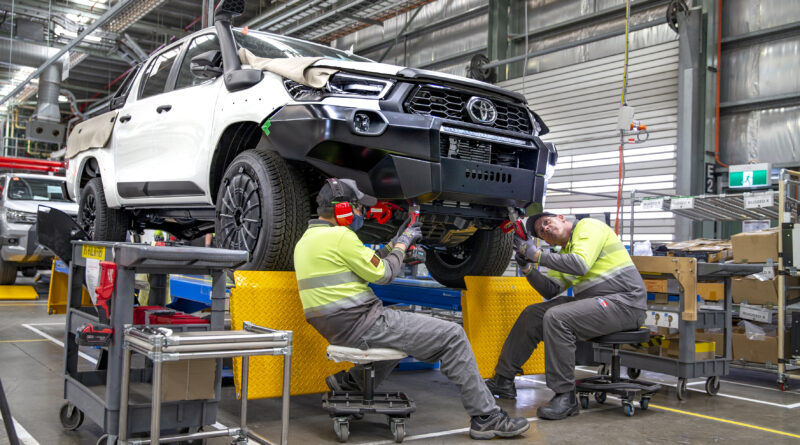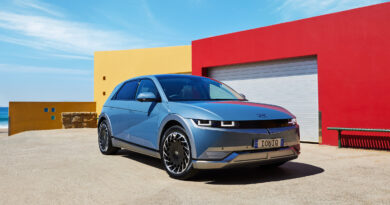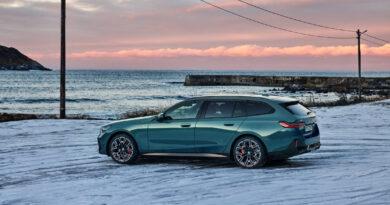Aussie electric truck maker SEA joins the race to build a Toyota Hilux EV
The Australian electric truck maker SEA has revealed plans to launch a Toyota Hilux EV as soon as the second half of 2023.
SEA Electric Asia-Pacific chief Bill Gillespie flew back into Australia last weekend fresh from discussions with Toyota in Thailand that included a proposal to build a battery electric version of Australia’s top-selling vehicle.
“There is significant interest in an EV Hilux and we have the technology to create one of those,” said Gillespie.
“We have significant interest from companies to do that and we are working with the Toyota group to see if we can achieve that goal.”
SEA is the third Australian company to go public on plans to develop electric utes following on from H2X Global and Roev.
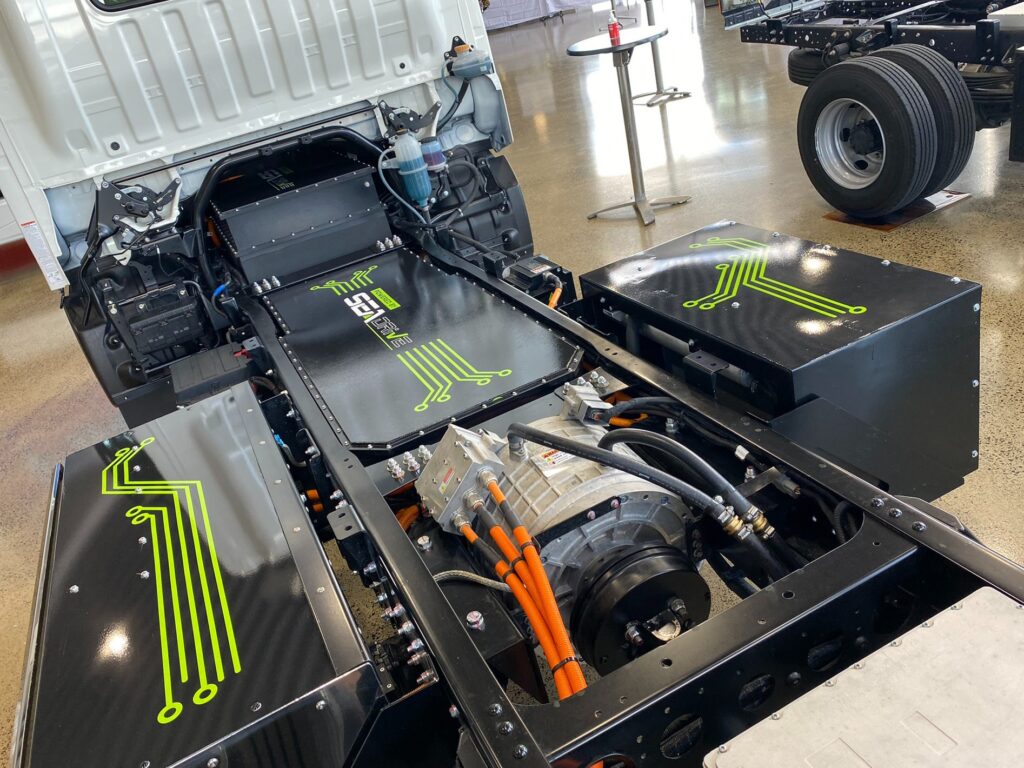
Like them, SEA wants to pursue the business and government fleet market ahead of private buyers. Fleets deliver more bang for your buck in terms of orders per customer and there is pressure on them to meet carbon emission reduction goals.
All three Aussie brands are trying to establish themselves before the major auto brands get into the local EV ute business. Diesel utes are Australia’s top-selling new vehicles.
But while Roev and H2X are start-ups yet to go into production, SEA was established in 2013 in Melbourne and began converting trucks using its own battery electric powertrains in 2017. Its headquarters are now in California where it has another truck assembly plant. SEA also has its own dealer network in Australia through which it could sell its EV ute.
SEA has built a close relationship with Toyota truck brand Hino and hopes that could help get the Hilux deal done. Having close relationships with the vehicle’s original manufacturer could provide cost and engineering benefits.
SEA also has converted five Toyota Innova people-movers to battery electric power for TDEM (Toyota Daihatsu Engineering and Manufacturing), the auto giant’s research and development managers in the Asian region.
The electric Innova, which is built in Indonesia, was revealed at the Indonesia Motor Show in March, fitted with a SEA-Drive 70 powertrain.
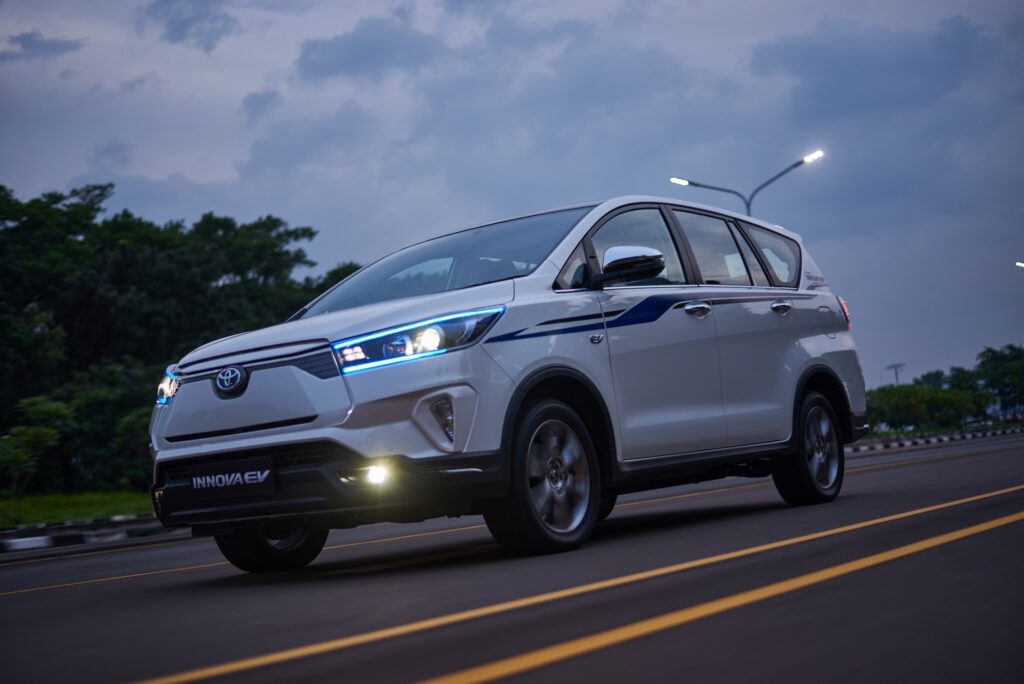
The Innova is underpinned by the same ladderframe chassis as the Hilux and SEA has married a Hilux with an S-D 70 powertrain in Melbourne as a research project.
“It fits perfectly and we are driving it around and all the rest,” confirmed Gillespie. “So it’s already running.”
Designed for vans up to 4.5 tonnes, the S-D 70 includes a 134kW/700Nm permanent magnet electric motor and high-voltage lithium-ion battery options up to 88kWh. A 300km unladen range is claimed.
Gillespie said discussions were at an early stage with Toyota and he was cautious about the prospects of a successful deal, citing the potential for the Japanese company to develop its own electrified solution – be it EV or hybrid – in-house.
In the short term SEA could ‘repower’ second-hand Hilux utes at its existing Melbourne facility, swapping out the standard diesel engine for its powertrain.
“We are ready to go we just have to order the components at scale,” said Gillespie. “So if someone said ‘can you build 200 in the second half of next year?’ the answer is ‘absolutely;’.

“Every component we would put in that [Hilux ute] we are already using and already have a supply base.
“It’s just a case of making a plan, securing enough chassis and ordering enough batteries, motors and cabling.”
But longer term SEA hopes to be supplied with new ‘glider’ chassis (without an engine) by Toyota to be mated with its powertrain, potentially in a new SEA factory in Thailand where Australian Hilux supply is assembled.
“We would rather not repower – we can do it but we would rather be working with Toyota or another manufacturer,” said Gillespie.
“We prefer Toyota because of our Hino connection. We’d rather do Toyotas and we’ve already done a Hilux.

“We would prefer to work with them on a glider chassis out of Thailand or establish a plant alongside them in Thailand to work on a joint program.
“That is what we would really like to do.
“But if we can’t source [gliders] through the Toyota group there would be other options we’d look at.”

